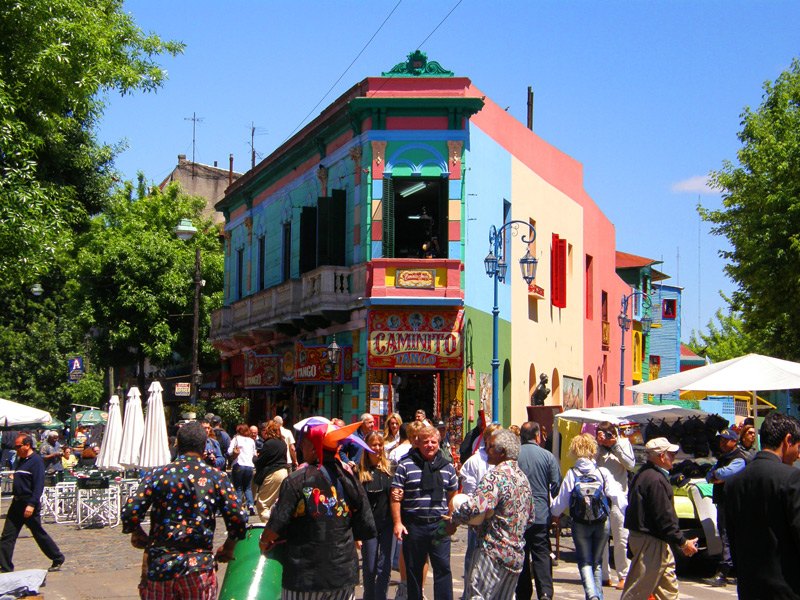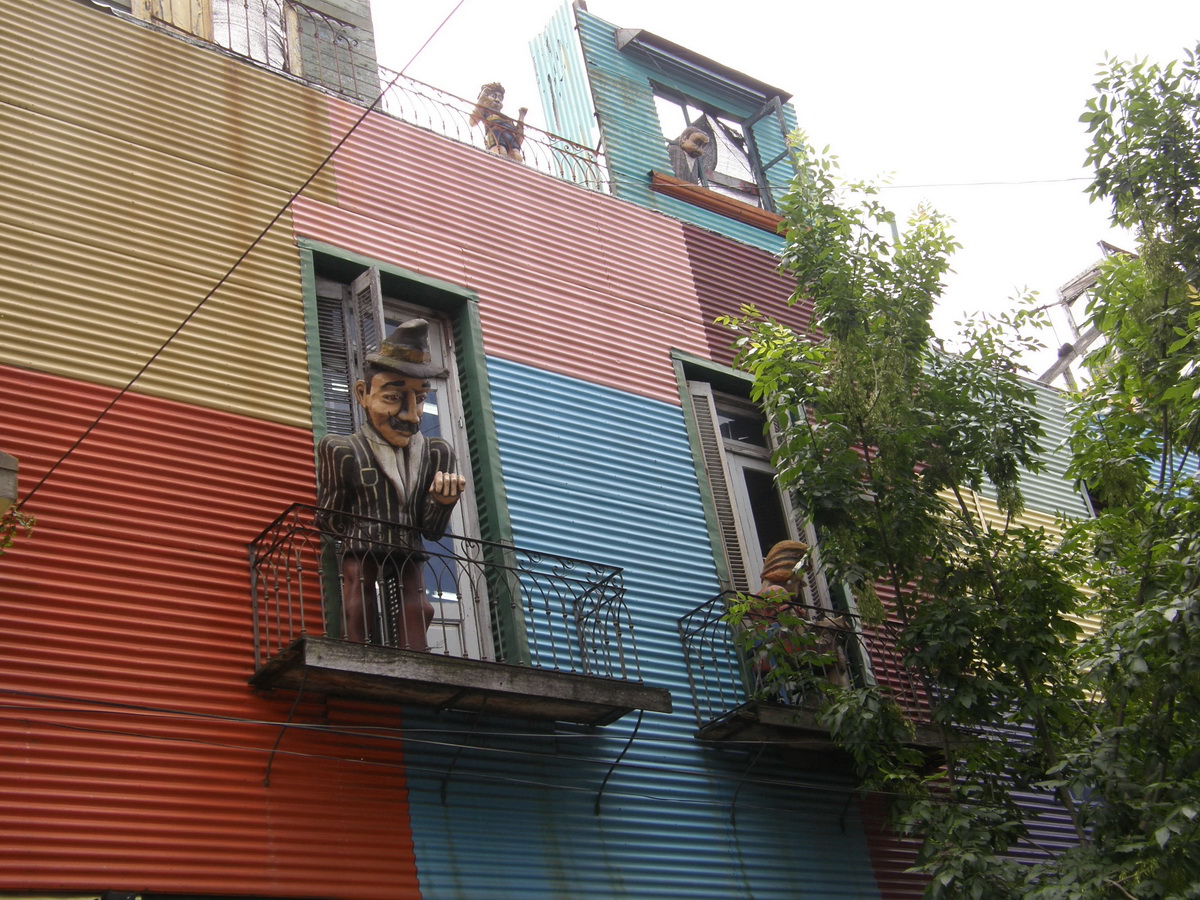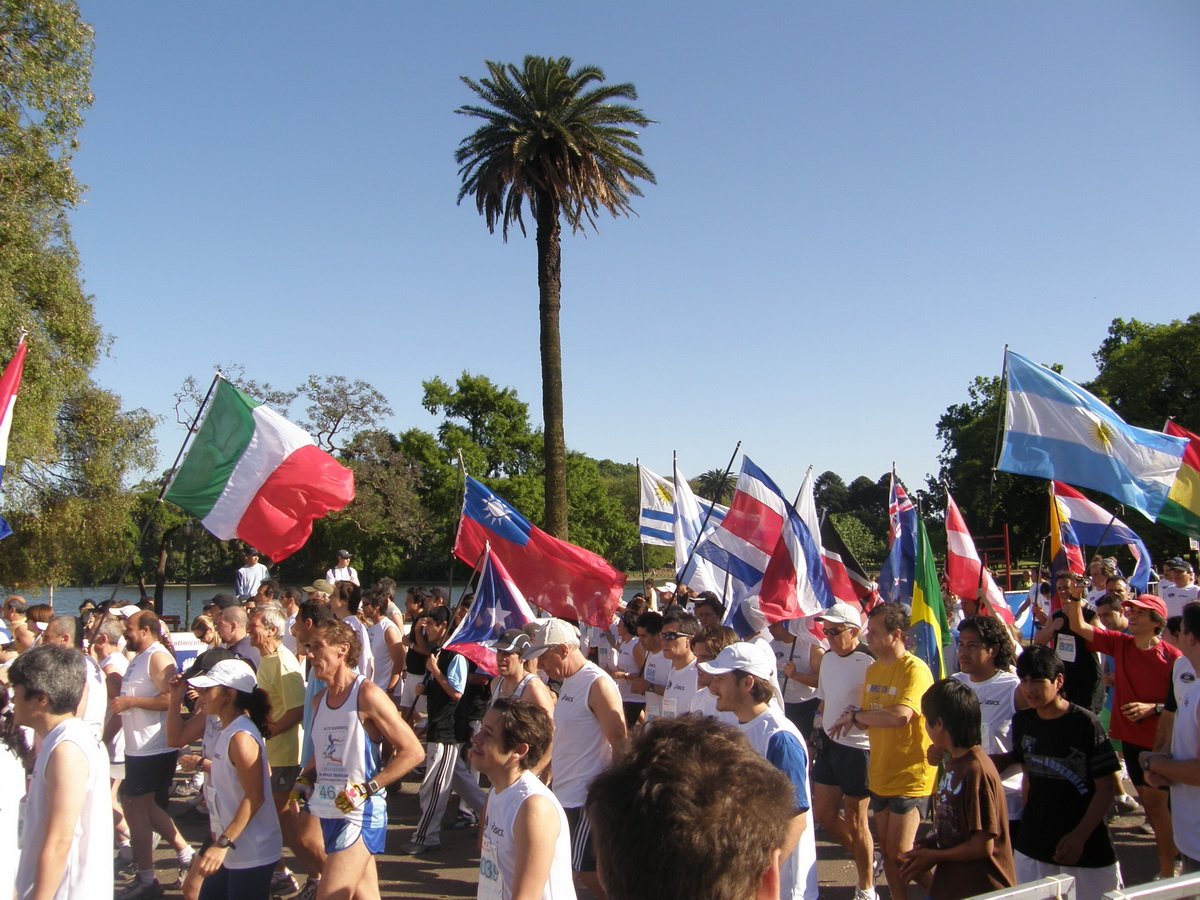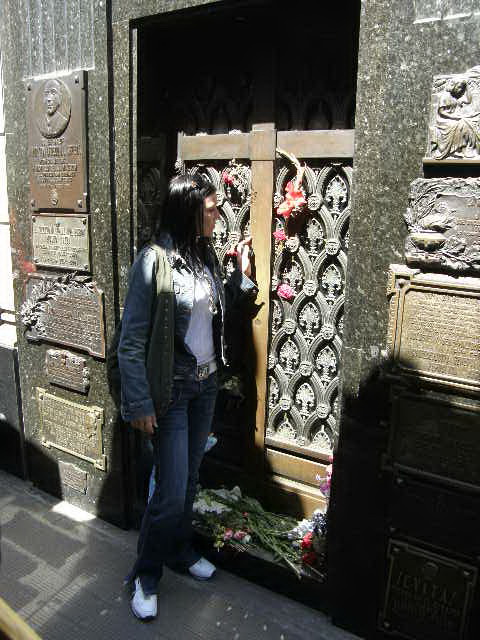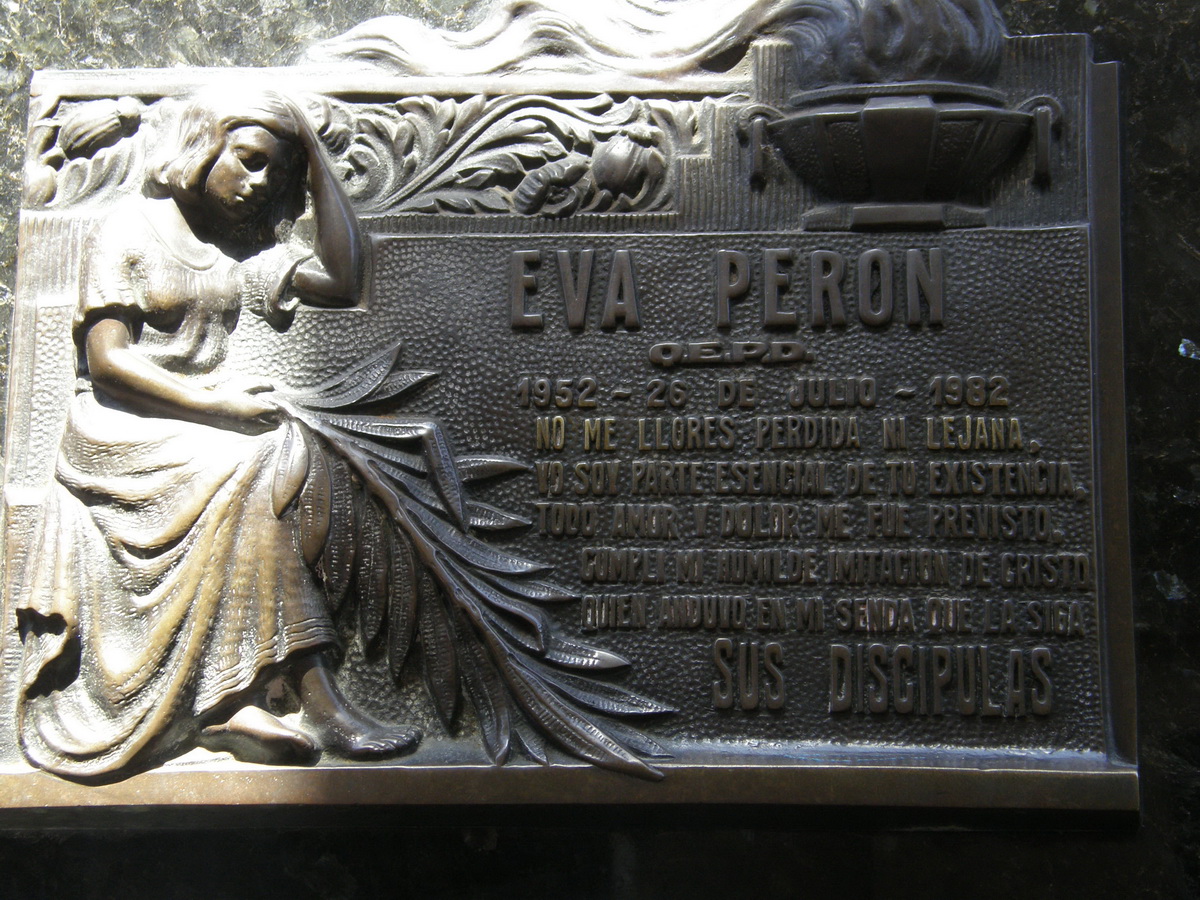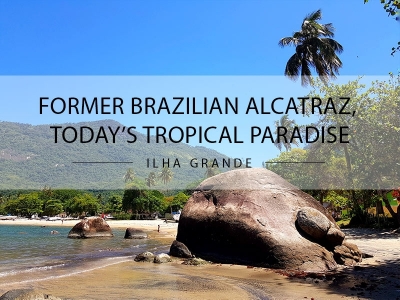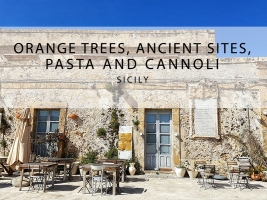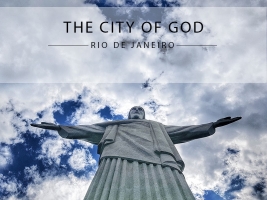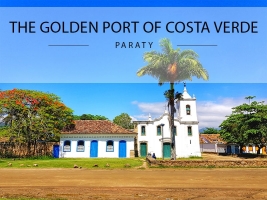Buenos Aires (translated as: good air) was named after its favourable climate. It is situated at the Río de la Plata estuary, which runs into the Atlantic Ocean. The city was founded around 1536 on the residues of huts, and grew from the outpost of Spanish conquistador Pedro de Mendoza. The colourful symbiosis between different national identities first started blending when the natives mixed with the Spaniards. Thousands of immigrants that had flocked to the city after the First and Second World War – mostly Italians – added their own particular shade into the mix and to the already varied population structure. Considering the strong French influence on the city’s architecture, it is no wonder that Bs. As. became to be referred to as the most European capital in South America. Its location undoubtedly made it one of the most important port towns on the South American continent.
The violet blooms of jacaranda trees are marking the city landscape. The air is filled with illusion, love, dance and madness. The sweet smell of jacaranda hangs in the air. The smell of tango. Yes, tango is definitely on my to-do list …
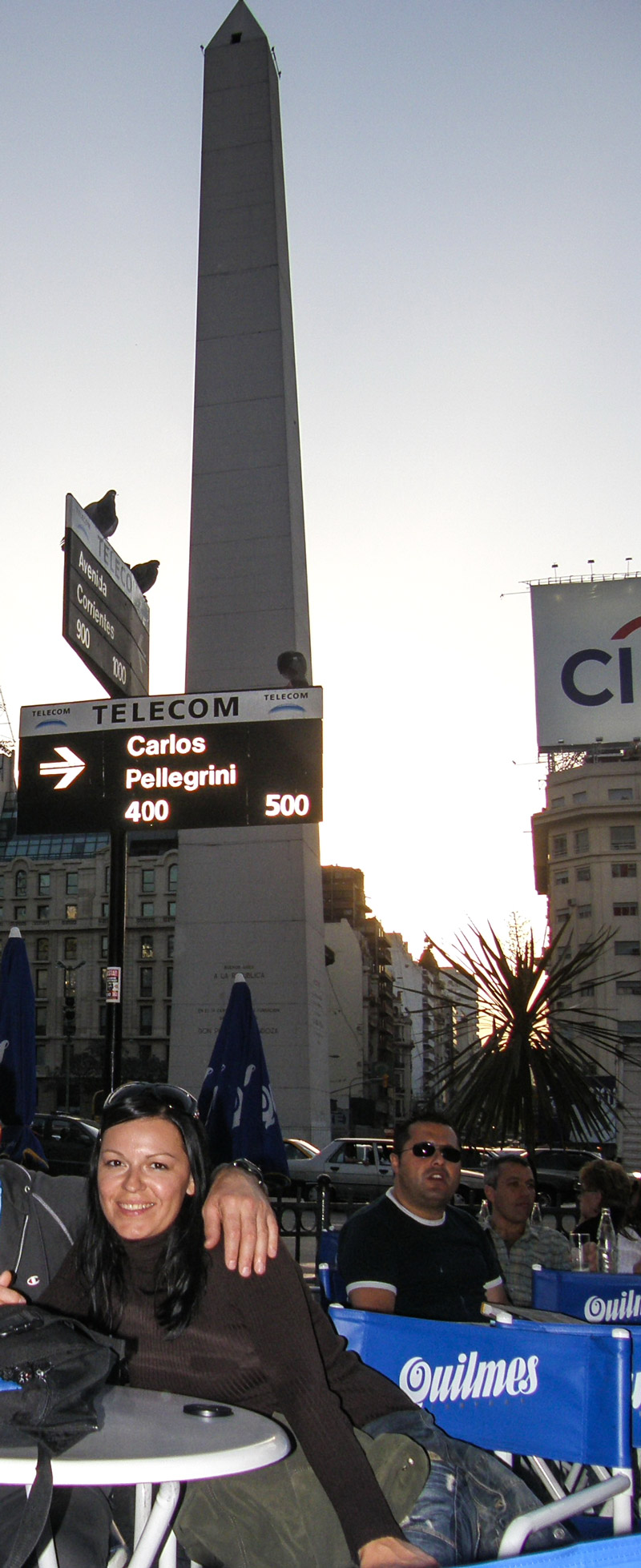
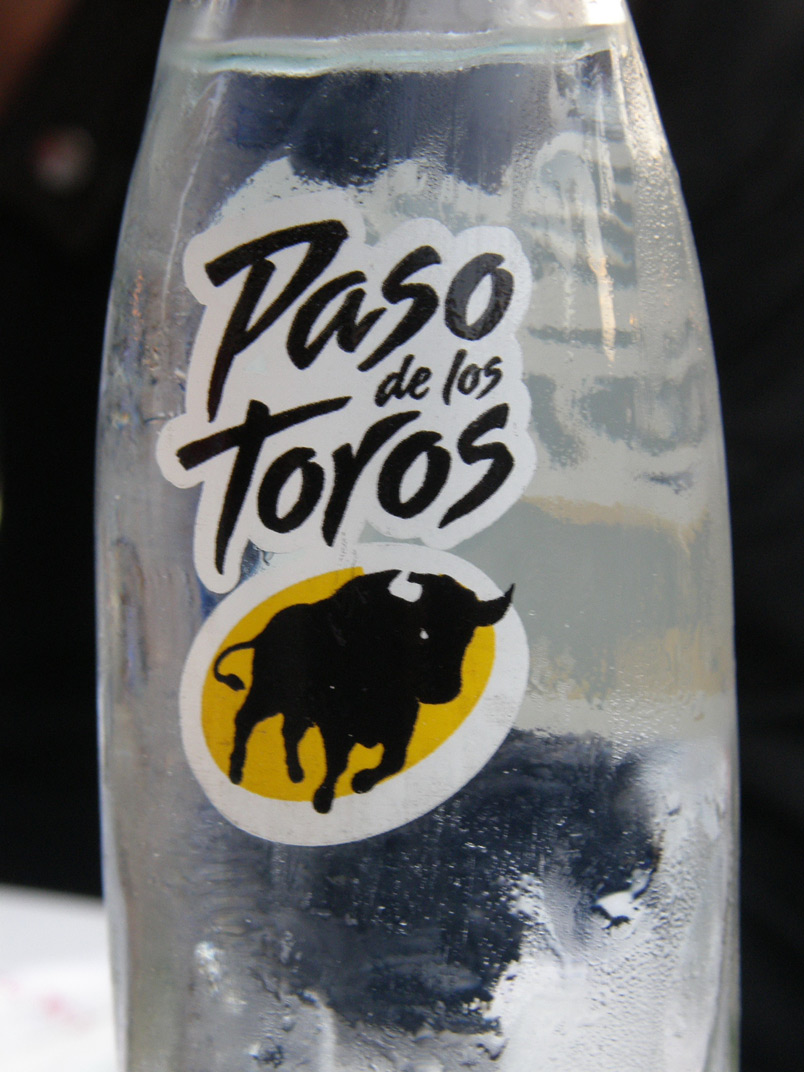
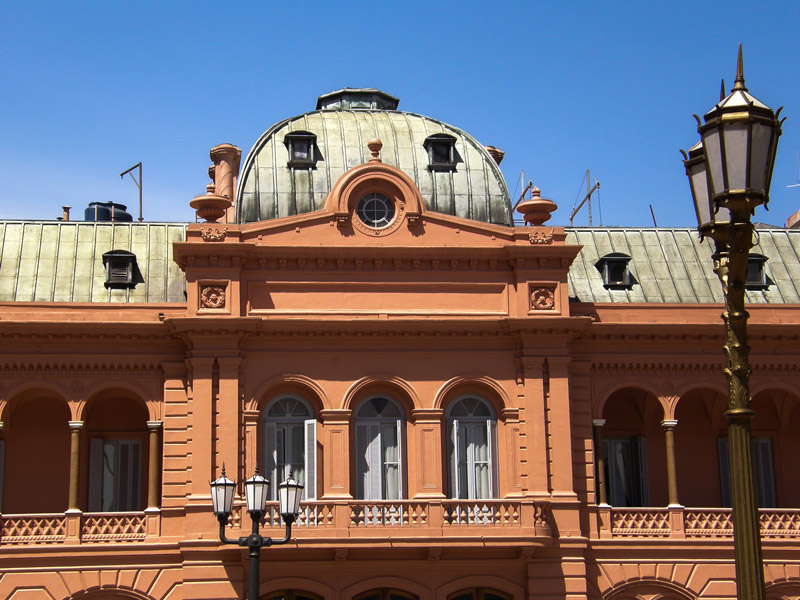
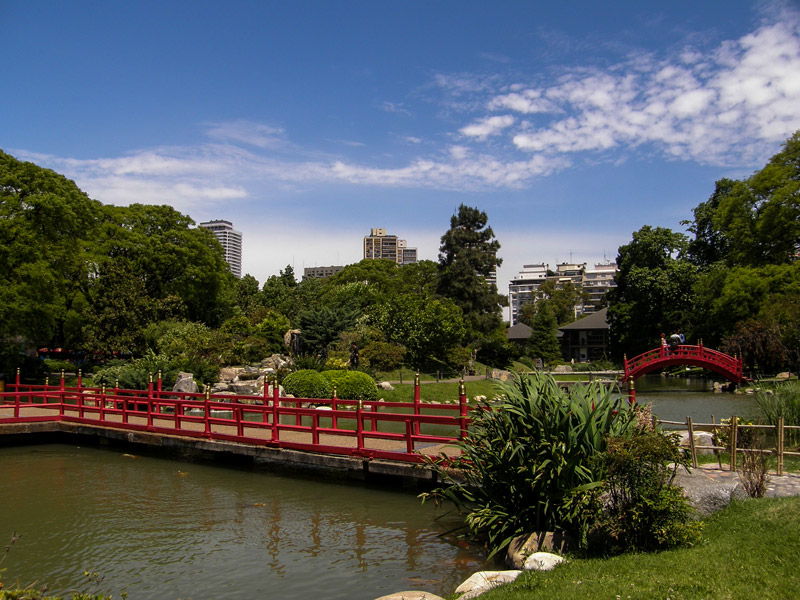
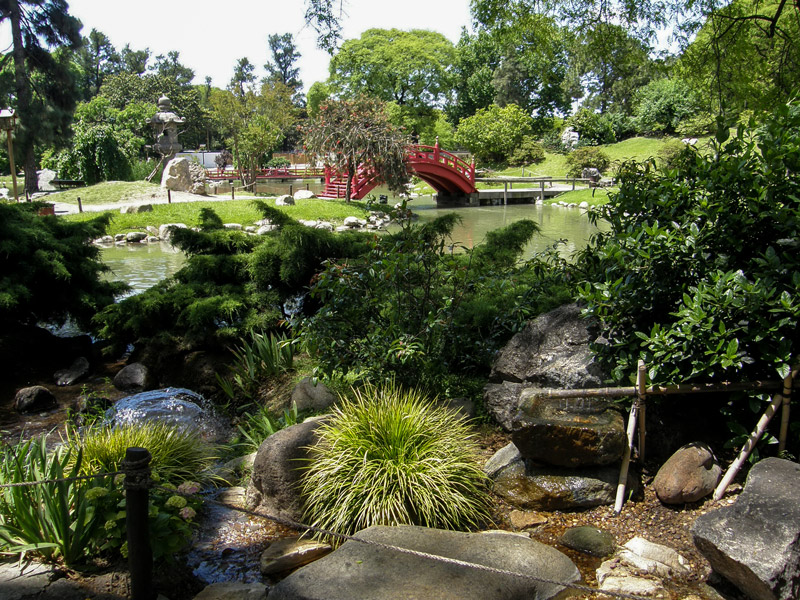
Tango
If you live in Buenos Aires, you dance. You take a seat behind a small table, unaware that there is a massive loudspeaker behind your chair. All of a sudden, on a small square of Recoleta appeared a couple and started dancing the street tango. He held her strongly and passionately at her waist. He was looking straight into her eyes, she was wearing a fishnet stockings and red - black costume, performing a sensually tragic choreography and I caught myself staring at them. Tango means walking forward in an embrace.
When it comes to tango, emotions are seemingly hold back. In Latin the verb 'tangere' means 'to touch', although some argue that it is derived from African expressions for drums. Some sources predict, that the word 'tango' first appeared around 1808 in Montevideo, the capital of Uruguay and to this day it seems hard to say that tango’s provenance is strictly Argentinean. It was first danced in portside clubs. In the early 20th century it was popular with gangsters who patronized the slum brothels where crime and poverty ran rampant. Once tango managed to make its way out from the houses of bad reputation in the early 1930s, dancers strutting their stuff in the streets and the period of its biggest evolutionary and cultural impulse began.
Tango means walking forward in an embrace. It's passion and sadness at once. It's about sensitive improvisation with a smidge of aggression. You become aware of it once the sound of the bandoneon and violin stir up the heat in your belly.
It's like a bubble of emotions, floating between the pulsating bodies sketching the beauty of the perfect melancholy, dancing torso to torso, seemingly detached from the real world. Milonga is the venue where tango takes place and when they are heading out to dance, tango dancers will say that they are going to the milonga.
One night we went out for a dinner and to watch tango performance in Madero Tango Hall, a glass-encased structure in Puerto Madero. The highlight of the evening came in the form of tango extravaganza, articulated by the bodies of tango dancers (tangers). Suddenly, Carlos Gardel’s voice started singing 'Volver'. A life-size statue of Carlos Gardel was built in front of the Abasto shopping mall to honour his memory. The black stage was flooded by velvet-soft red lighting and the round tables with floor-sweeping pristine looking white tablecloths and chairs in a matching style, gave a sense of perverted innocence. We were first shown a black and white video about the history of tango, followed by a rich multi-course dinner. The main dish was a juicy medium-rare beef steak accompanied by 'vino tinto'. Meanwhile a string of dance spectacles unfolded on stage, on the podium below the stage, in front of the panoramic window and right behind my back, with flashing lights upon dancing bodies and the silhouette of my fork twirled across the plate. Here every restaurant boasts a wide selection of beef. The unique flavour of the locally grown meat is due to the cattle grazing on the endless plains of the Pampas prairie.
La Boca - There is no other place in Buenos Aires where Italian immigrants have made a greater mark. Entering Caminito - the heart of La Boca – you are greeted with a sign with a big red “il cuore”. If there is any place in the world where you are free to live as you please, kick back and be whisked away into another world and time, it is here. The bohemian neighbourhood with the colourful slums sweeps you up in a mysterious atmosphere, that you only reluctantly leave behind. The shacks harbouring boutiques and shops are connected with thick, messily entangled power lines, with colourful light bulbs dangling down. People sitting outside the picturesque bars were deeply wrapped up in conversations about tango. They were enchanted by the street dancers, that slide elusively between the tables. As you stroll past the stands, a tanger would sweep you up in an embrace, wrap a feather around your neck and put a hat on you. Before you know it, you will dance with a stranger between rainbow-coloured tin shacks, people applauding, cheering you on and pretty soon you will have to give a few pesos to your random dancer. It’s a tradition. The tourists are posing for pictures, crowding the vibrant small balconies, scattered above the square. Caminito – the heart of La Boca – is a 'must see' for restless artistic souls. Here, you truly wish you could become a porteño – a person living in this port – as locals like to refer to themselves.
July 9 Avenue and the Obelisk - At the time of my visit the 140 metre wide July 9 Avenue was considered the widest avenue in the world. It was named in memory of the day that Argentina gained its independence from under the Spanish rule in 1816. On the far end of Florida Street you can see all the way to the centre of Plaza de la República and the shadow cast by the city's central symbol – the Obelisk. Built in 1936 to celebrate the 400th anniversary of the city’s founding, the 67,5 metre high monument keeps a watchful eye over the seemingly endless metropolis. On the stands sell ceramic statues of the obelisk, kitschy plaster figurines of tango dancers and postcards with a black and white image of Eva Peron. Travellers with an inquisitive mind know that the graceful monument towering from amidst the Avenue symbolizes the Argentinean confidence.
San Telmo – In Argentina futurism meets the present, which is reflected in the traditional passion for collecting antiques and souvenirs, displayed at the local antique fair. The Argentina-born author Sabato said that nostalgia mixed with a hint of metaphysical sadness is a typical Argentinean feature. The desire (deseo) to live vibrantly and to march to the beat of your own drum is expressed as an outcry in the tango lyrics, the literature and in the deeply reflective movements of the dancers.
Retiro and Recoleta are the most sophisticated and upscale neighbourhoods in the city as far as real estate prices and the cost of living are concerned. Retiro is famous for Plaza San Martin, art galleries, museums and fancy restaurants. La Recoleta Cemetery (Cementerio de la Recoleta) is the final resting place of several world famous figures, such as Evita Peron. To find her tomb in this 'post mortem' maze just follow a larger group of tourists who are on a guided tour.
Palermo is the largest and the greenest neighbourhood in Bs. As. Villa Freud, next to Plaza Güemes, called also Plaza Guadalupe, is a neighbourhood known for its high concentration of psychoanalysts and psychiatrists offices.
Palermo Soho has a unique street culture, fashion and trendy restaurants and bars, drawing throngs of tourists and young, upper-middle class Argentines. The Japanese Gardens (Jardín Japonés), which are the largest outside of Japan, are also noteworthy.
La Casa Rosada (The Pink House)
The name Argentina is derived from the Latin word argentum, meaning silver, which is said to have been the main reason why the country was colonized in the first place. The building sits at Plaza de Mayo and this is no coincidence – the name of the square is a reference to the May Revolution, which marked the first step towards Argentina's independence. The impressive pink presidential palace is also known from the musical 'Don't Cry For Me Argentina' and the iconic balcony scene with Eva Peron.
The people
The people of Argentina are forthcoming, friendly and know how to have a good time. This comes across in the metro, in shops, in museums, on the streets and even back here in Europe, Slovenia.
Tatiana Willenpart, a Buenos Aires native living in Slovenia
“I was born in Argentina, in fact, I have just returned from Buenos Aires where my parents live. I am still struggling with the low temperatures in Slovenia, as Argentina is in peak summer season right now and teeming with life. I first made the decision to visit Slovenia fifteen years ago on a quest to find my roots, retracing my ancestors who hail from Škofja Loka and Kamnik on my mother’s side, and from Ljubljana on my father’s side. So both of my parents are of Slovenian descent. I met my (now) husband quite serendipitously in Ljubljana as I was exploring my family tree in Slovenia. He was also in Slovenia on a visit, but had been born in Buenos Aires – just like me. It was like something out of a movie; we would never have met in the 13-million city of Buenos Aires. My sister Lucija and I decided to relocate to Europe mostly because of the dire economic situation in Argentina that makes it hard to get a good job. In Ljubljana, I work as a Spanish instructor and translator. In terms of interpersonal relationship, I do get the sense that Slovenia is somewhat colder and I still struggle with this occasionally. People are more reserved than in Argentina, but somehow I am getting used to it. A positive Slovenian trait is that they keep their word in the sense that words have significance. If they call you your friend, then you are a friend. I guess this is why Slovenian plays such an important role in my life –perhaps I feel this way because I am linguist. One negative trait is that they are not relaxed and don’t let themselves breath freely (let alone others!). Perhaps this has to do with the lack of confidence. I would describe the Argentineans as having a prominent sense of solidarity and generosity and on the downside that they don’t take work too seriously.”

